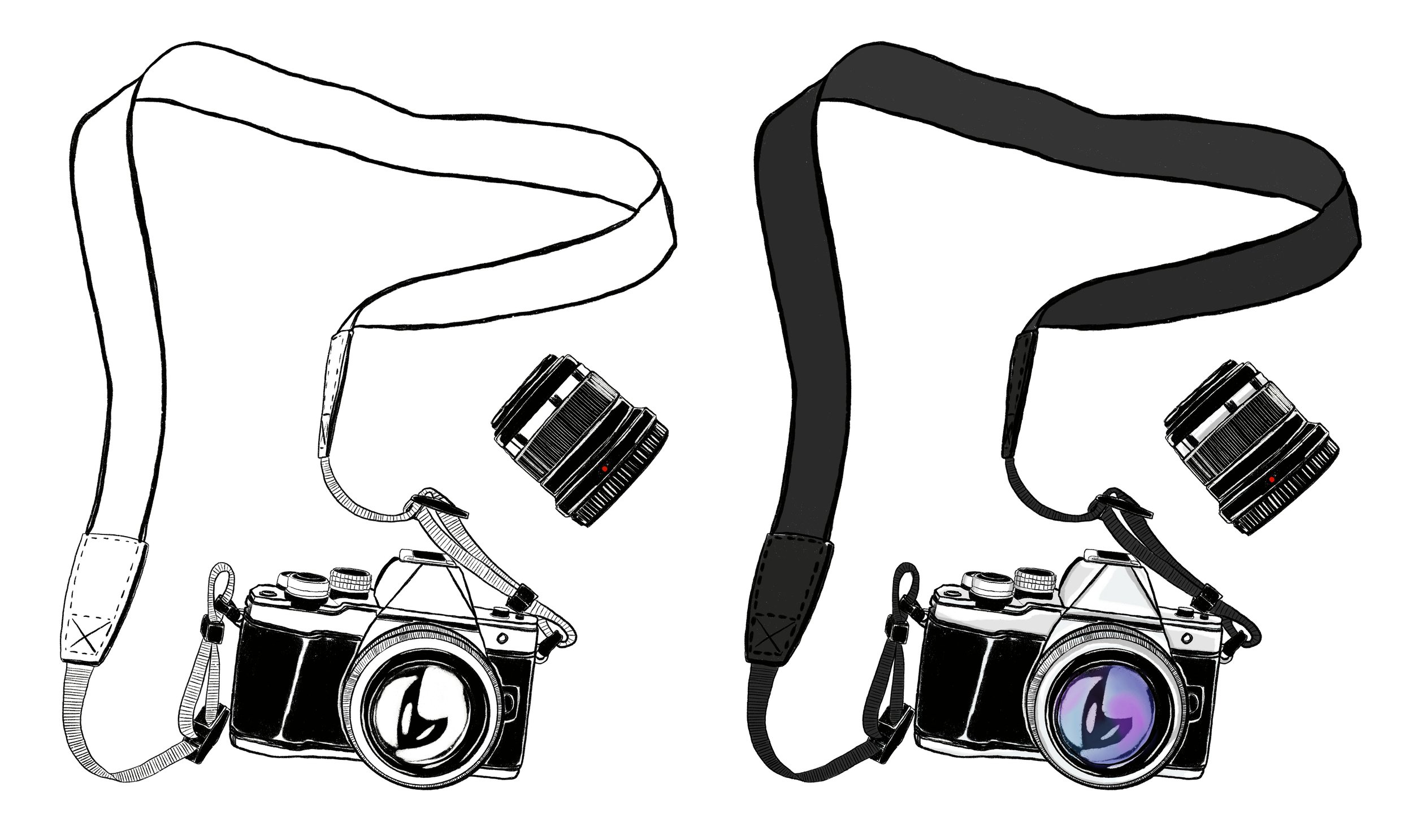
Competition FAQ
Answers to Frequently Asked Questions
Where can the rules be found?
Current rules can be found here
Digital images must not contain watermarks or other visible means of identifying the photographer (including within the title or description metadata fields). These metadata fields need to be updated:
Title should be included
Artist must be populated with your name
Description must be blank
(To learn more about how to do work with the metadata fields, see #7 below.)
What is “monochrome”?
Monochrome means a single color added to a white background. There is no restriction on what that color may be (i.e., it does not have to be black), but techniques using more than one color (e.g., split-toning) are explicitly excluded.
What limits are there on processing images?
The only restriction is that all post-processing must be done by the photographer submitting the images for competition. LPC focuses on the artistic perspective of photography (rather than, say, journalistic) and the type and amount of post-processing is entirely at the discretion of the photographer/artist. Any AI used in the photos should just be to touch up a photo and not to introduce new subject content into a photo. Judging will be against the final printed and matted digital image.
Are composite images allowed?
Yes, and the photographer must have taken and own the copyright to all source images used to create the final composite (e.g., stock images are not allowed).
Is there a specified naming convention for digital files?
No, but we recommend including your name in the file as an additional means of identifying which images belong to you.
I’m not familiar with updating image metadata. Do you have any guidance for me?
Yes. Click here for a primer.
How do I submit digital images for competition?
Instructions are published here.
Why does my image appear so small during competition judging?
In short, the resolution of your image is less than the resolution of the monitor used to display images. Submit the largest resolution file your image will support. SmugMug (our image hosting site) will shrink images to fit a smaller resolution, but will not enlarge an image to fit a larger screen resolution. This preserves the quality of the displayed image. SmugMug has no limit on the resolution of submitted images, so there is no technical reason to prepare your submissions with a resolution smaller than the native resolution of your image.